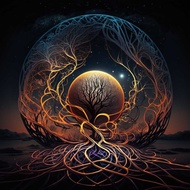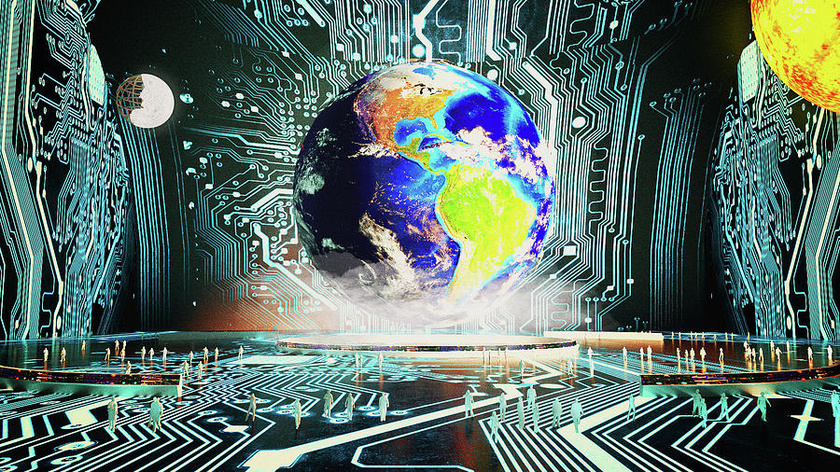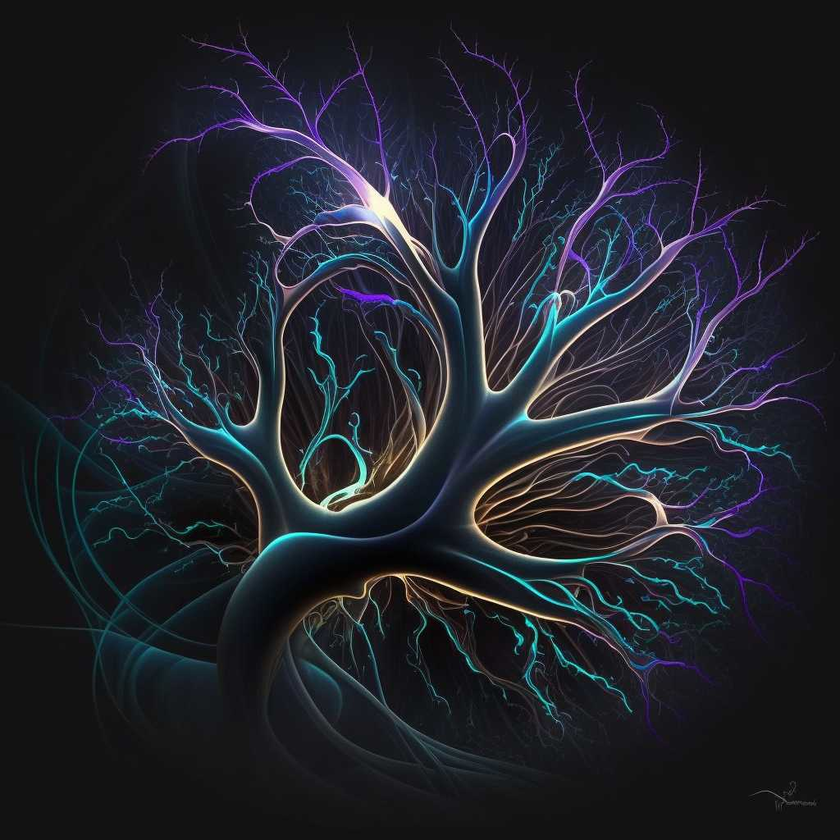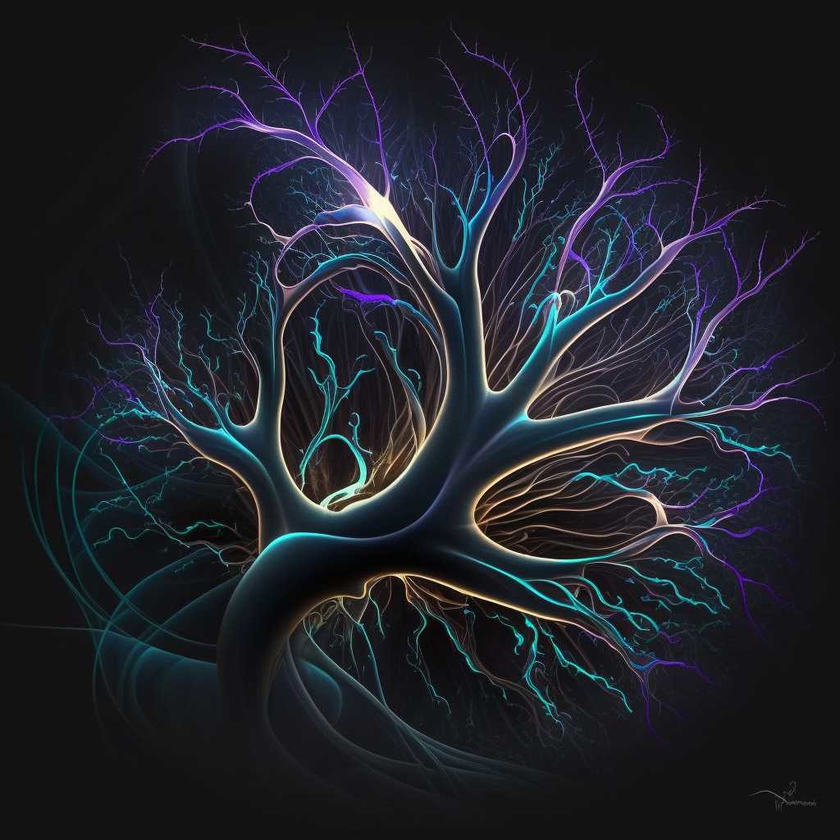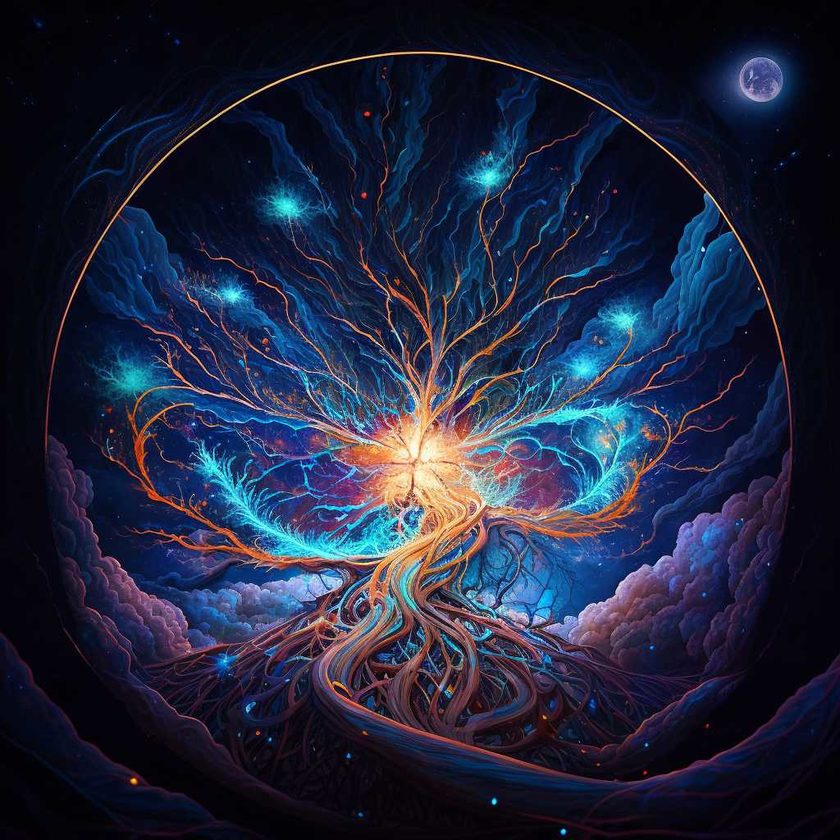Introduction
The concept of simulation theory has intrigued philosophers, scientists, and technologists throughout recorded history. From ancient beliefs in false realities to contemporary debates on the nature of our universe, the idea that our reality might be an artificial construct has captured the imagination of many. In parallel, the Expanding Vibrational Web Theory proposes that the universe is composed of an interconnected web of vibrating probability waves, potentially providing insights into how a simulated reality might emerge and operate. In this article, we will delve into the history of simulation theory and explore the potential connections and implications of the Expanding Vibrational Web Theory within the context of simulated realities.
A Brief History of Simulation Theory
The concept of simulation theory dates back to ancient philosophies, such as Plato's Allegory of the Cave and Hinduism's idea of Maya, which suggest that our perception of reality is limited or distorted by our senses. Over the centuries, prominent philosophers, including Descartes, put forth thought experiments examining the possibility that our experiences may be an illusion or simulation.
The advent of computers and virtual reality technology in the 20th century added new dimensions to simulation theories, culminating in popular culture phenomena like The Matrix that envisioned humans living in a computer-generated reality controlled by machines. Today, discussions on the nature of reality have expanded to include proposals like the Simulation Argument by philosopher Nick Bostrom, which suggests that there is a significant possibility that we might be living in a simulated reality.
The Expanding Vibrational Web Theory: Connections to Simulated Realities
The Expanding Vibrational Web Theory posits that the cosmos is a vast network of interconnected probability waves that give rise to the fabric of spacetime, forming particles, energy states, and even quantum entanglement. This concept aligns with the notion of a simulated reality, where the foundation of the universe is not physical matter but rather data in the form of mathematical structures and algorithms.
One could argue that the patterns and interactions within the vibrational web can be seen as the "data" that form the basis of a simulated reality. From this perspective, a highly advanced civilization or an otherworldly intelligence could potentially manipulate and control these probability waves to create and maintain a simulated universe. This idea is supported by the apparent fine-tuning of the underlying probabilities and vibrations in the web, reminiscent of the delicate balance a simulated reality would require to remain stable.
Quantum Entanglement: An Intriguing Link Between Theories
An interesting aspect of the Expanding Vibrational Web Theory is its connection to the phenomenon of quantum entanglement. The theory proposes that entangled particles arise from the same underlying vibrational source, suggesting a fundamental level of interconnectedness within the universe. This interconnectedness could also be a feature of a simulated reality, where objects within the virtual environment instantaneously affect one another as they are part of the underlying data structure.
Conclusion: Weaving A Tapestry of Knowledge
As technology continues to advance and blur the lines between virtual and physical worlds, the history of simulation theory and the insights provided by the Expanding Vibrational Web Theory offer a rich tapestry of ideas to provoke thought and discussion around the nature of reality. While neither theory provides conclusive evidence for or against the existence of simulated realities, their combined philosophical, scientific, and technological implications create a fertile ground for exploration and contemplation.
The ongoing quest to unravel the mysteries of our universe and the potential existence of simulated realities will undoubtedly continue to inspire curiosity, fostering a deeper understanding of the intricate fabric of reality and the role of technology in shaping our perceptions of existence.
